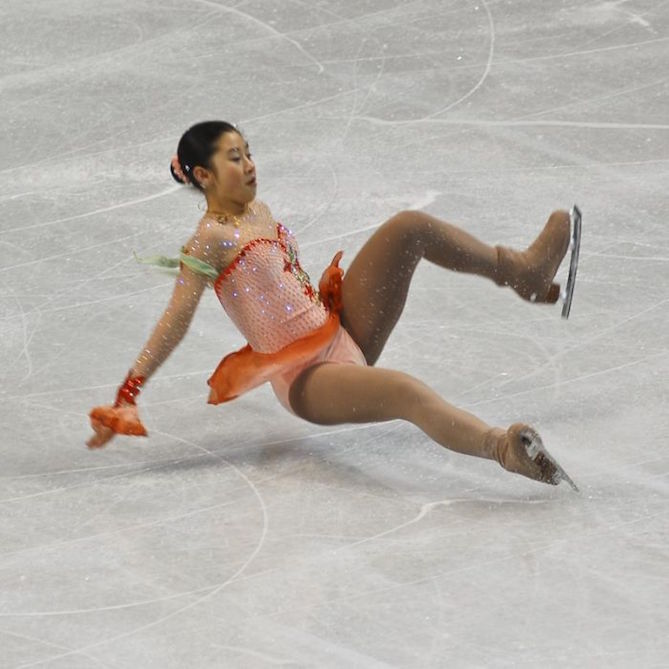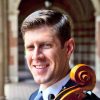
Rule #1
Jonathan Thomson
I can still vividly recall the lesson in high school when I first learned of RULE #1 and RULE #2. Somehow, though, I am still unable to impart these crucial principals upon my own students with the same gravitas as my teacher did then. These two general guidelines shaped the way I learned to focus my practice time and prepare my mind and muscles for performance. The more I study about how we learn, and about strategies for mental preparation—things like “chunking,” myelin, meditation, visualization—the more I realize how valuable these two simple “rules” have been.
We must practice not only for technical mastery, but also for expression. We must imagine future performance scenarios in the practice room. Putting the focus on communication provides the goal to work toward, and the reason to sort out technical difficulties. If you are on a basketball team, you practice to develop your skills, learn the team plays, and develop rapport with your teammates in preparation for the game: it would be strange to be on a team that held regular practices but never played against other teams! The future competition is why you hold practice. I remember the excitement of game day as a child: finally getting to put on the uniform, perhaps traveling to an unfamiliar place, and encountering an opponent and real-time game situations that had so far only existed in my mind. Is that really different from playing in an audition or competition?
Musicians “compete” when they perform, even though music does not have clear “winners” and “losers” in the same way that many sports have an undeniable victor on the scoreboard at the end of the game. Even in auditions and competitions, musicians may do well to not think of competing directly against others. Rather, through performance, musicians seek to play to the best of their abilities and to replicate the repertoire as closely as possible to their understanding of the ideal.
Faced with the intense scenario of performing, musicians must learn to develop a trust between mind and body which allows them to remain focused, relaxed, and free from distraction during performance. It would be impossible to focus only on the technical details in the practice room and expect a magical transformation in mindset upon walking on stage. Instead, the performance mindset must be explored and the mind-body connection developed during the training period itself. It was explained to me in the following manner in that memorable lesson:
There are only two rules in cello playing:
Rule #1: Never Stop!
Once you begin a piece, you never stop until the end. If you make a mistake, you cannot correct it: go on to the next note. If you have a memory slip, fake until you find your place again or just leave out a few notes and jump back in as soon as possible. You must practice this way. It is difficult, but you cannot expect to be able to keep your focus and go on in performance—no matter what—unless you practice that way!
This Rule #1 mindset is unnatural. We spend so much of our time in the practice room correcting mistakes and isolating specific techniques that need to be developed. It is crucial that we train the mind to be aware of mistakes, any kind of physical discomfort, surprises from other ensemble members, or any other kinds of errors or dangers to be navigated, as they happen. While being aware of them, though, we must also learn how to continue unfazed, and play on without making further mistakes.
This is akin to athletes who are trained to “play to the whistle” or always “finish the play.” An even better analogy is the figure skater. Imagine for a moment a world-class skater going up for the pivotal triple jump, with the Olympic gold medal on the line…and she falls, crashing to the ice. In her mind, this is a tragedy: she knows she has just lost, after the lifetime of training, dedication, and family sacrifice that brought her to that very moment. So what does she do? What is her response? She gets up, throws her arms out to her side and cocks her head in the way skaters acknowledge their audience—and perhaps with tears streaming down her face, she smiles. Then she skates the rest of her routine, in sync with her music track, as if nothing happened, and usually without further mistake.
This ability is the result of Rule #1 training, to the point that it is second nature.
The teacher mentioned in this post, Pall Grondal, was recently honored at a cello festival in Washington State.
Next: Rule #2
Subjects: Practicing
Tags: CelloBlog, Chunking, Jonathan Thomson, Practice, Preparation, Rule #1, sports, Visualization
